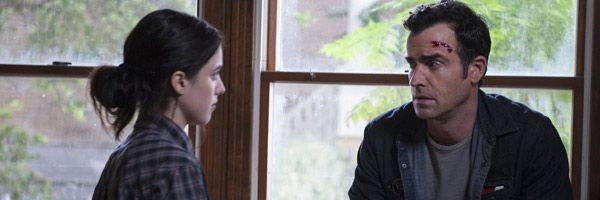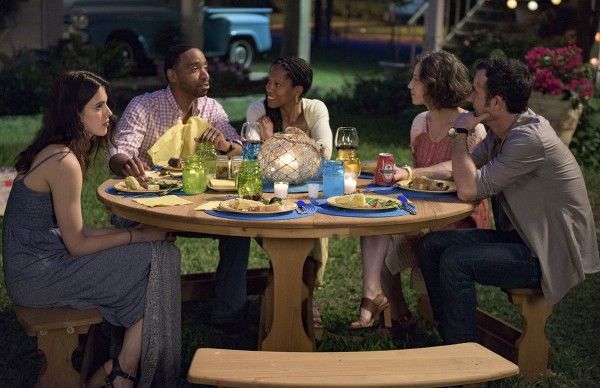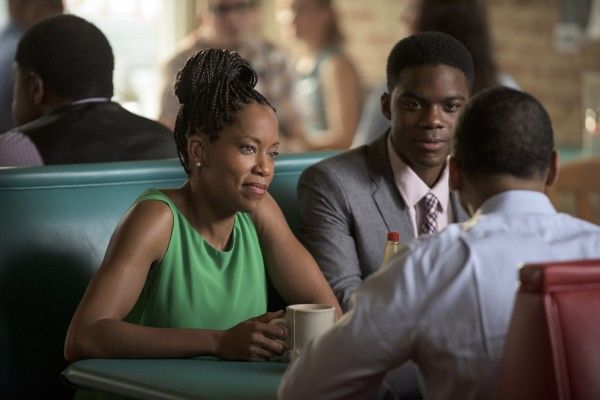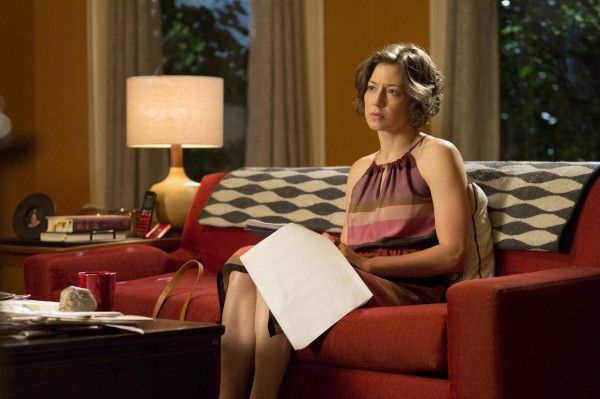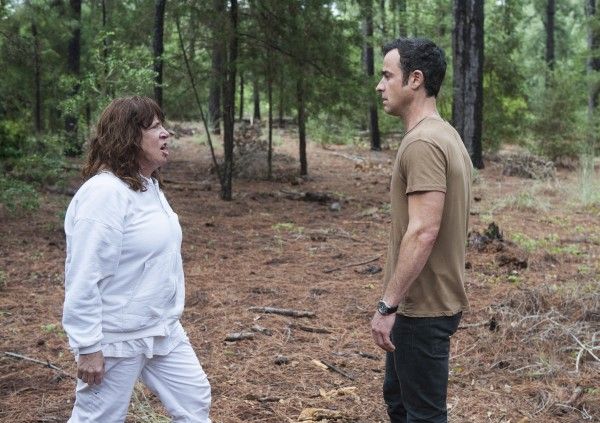When it came time for Damon Lindelof to return to television, The Leftovers was about as far as one could humanly get from Lost. The ABC sci-fi drama (yes, it was sci-fi all along) dominated the zeitgeist throughout its six season run, and while I find myself firmly in the “liked it” camp for the show’s ending, there were many displeased with how the mysteries wrapped up, and they weren’t afraid to voice their disapproval. Lindelof spent the next few years writing and collaborating on feature films, but last year he returned to TV showrunning full time with HBO’s The Leftovers, and as the show’s second season nears the end of its run, the series has quickly become the most interesting show on television.
From the outset, Lindelof was clear that The Leftovers was not Lost. The series, which is based on the Tom Perotta novella of the same name, takes place three years after 2% of the world’s population disappeared—an event referred to as the “Sudden Departure.” However, Lindelof has been adamant that the show will never answer the question of where these people went. Instead, the focus is solely on the people remaining, and how such an event has affected those left behind.
The first season of the series was a mixed bag. Some episodes worked better than others, but almost everyone agreed that the installments that stood out the most—and were the most emotionally affecting—were the ones in which the focus moved away from the ensemble and told a story entirely from one character’s point of view. So for the show’s second season, Lindelof did something that few showrunners are ambitious enough to attempt: he uprooted the series to a new location, dropped half its cast, and significantly altered the format. The resulting second season is one in which every episode has a strict point of view, so audiences are sometimes seeing the same event from multiple perspectives, or seeing background characters in a new light.
For example, the first episode of the second season spent 85% of its time with an entirely new cast of characters, inhabits of the town of Jarden, Texas, where zero departures took place. Another 10% was an extended, dialogue-free opening sequence that took place during prehistoric times (seriously). It wasn’t until the end of the episode that Justin Theroux’s Kevin, Carrie Coon’s Nora, and their new family appeared, but we only saw their story from the point of view of their new neighbors, longtime Jarden residents the Murphys.
This isn’t an entirely new notion—The Wire famously changed course dramatically from season to season, and was admittedly Lindelof’s inspiration to do the same for The Leftovers. But what makes the shift so interesting for a show like The Leftovers is this series doesn’t have specific, season-long arcs in the traditional sense. There’s no big event that the characters are moving towards. There’s a very basic “mystery”—in the first episode of the season, the Murphys’ daughter goes missing with two other girls in what may or may not be a second departure—but viewers of The Leftovers know not to expect answers in the way that, say, Lost would pose a question and tease an answer out over the course of subsequent episodes or seasons. With The Leftovers, the story is in the characters, not the plot.
This may be frustrating to some, or seem wholly uninteresting on paper, but the way Lindelof and his Leftovers team have structured the show’s second season has been anything but. The tension, the intrigue, the mystery—it all comes from the characters. Episode 6, “Lens,” featured one of the most intense, engrossing, and emotional conversations between two characters on television all year, and it was just Carrie Coon and Regina King sitting in a room, interviewing each other. It was a performance showcase, and King and Coon—the latter of whom has been turning in phenomenal work all season—executed it to perfection under the direction of Craig Zobel (Compliance). Indeed, the show’s stable of directors has been excellent this year, led by TV stalwart Mimi Leder, the series’ principal director.
It’s the show’s most recent installment, however, that really pushed things over the edge when a central figure may or may not have met his or her demise. It’s an incredibly interesting turn of events that, instead of coming off as a cheap story twist, was an impactful moment that has major repercussions for the characters. This person wasn’t the world’s last hope to save X, or the only person in the show’s universe that knew Y—if this death is, in fact, a death, its impact on the series’ plot is actually fairly negligible. Rather, it’s intriguing and upsetting on a much more human level, because you wonder how it will affect the various characters of the show.
This all sounds antithetical to typical “TV rules,” and in many ways The Leftovers is a series that does nothing but break the rules. It doesn’t always work, but Lindelof and his team are bold enough to try, and episodes like “Lens” or “Guest” or “Axis Mundi” make it all worth it. Will the final few episodes of Season 2 stumble? I have no idea, but given how downright interesting the season has been thus far, I’m confident they’ll be worth watching regardless.
Lost was an unendingly fascinating story full of mystery, twists, flashbacks, and flashforwards, but at its core it was always a show about its characters. With The Leftovers, Lindelof has attempted to bypass the inevitable disappointment that comes with opening that mystery box by focusing almost entirely on character drama, with that in turn driving the story at a unique pace and in a unique direction. The result—The Leftovers—is something that is ambitious, emotionally engaging, and, well, interesting, and seems poised to become even moreso as Season 2 winds down.

